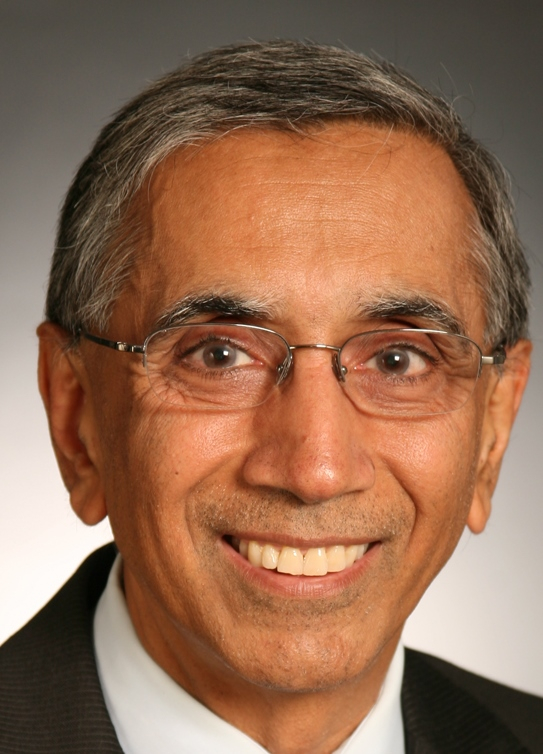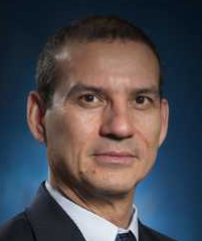Patient Scheduling Design
Reduce waiting time, increase throughput, and improve patient satisfaction with a few changes in your schedule
Course Summary
A scheduling system is more than a template or footprint of different appointment types. It also includes, implicitly or explicitly, the managerial rules, which can negatively or positively impact the clinic's performance. This course will show you strategies to set up the proper mechanisms in your schedule to lower no-show and cancelation rates, reduce waiting time, optimize providers' utilization, and increase throughput. You will also learn to create an initial schedule with the smallest amount of changes and the highest possible impact.
In addition to the prerecorded lessons, we will have three masterclasses via Zoom. In these sessions, we cover the execution part of the schedule. You will learn how to set priorities so associates know what to focus on and collect the correct data to promote a culture of continuous improvement.


Who is this program for
This course is designed for decision-makers in outpatient healthcare clinical practices. Decision-makers include owners, executives, managers, and functional team leaders of practices facing several problems like a financial downturn, poor reimbursement, cost increases, poor patient experiences, quality/safety issues, staffing issues, and low morale. The course is for people who want to commit to change the direction of their practices and see breakthrough results without significant financial investments.
Consultants interested in providing their services to clinics will also find the course very useful. It contains a robust framework to help this large healthcare industry segment, vital for our communities.
This course is designed with you in mind
BRIEF LECTURES
As we know you are busy professionals, our prerecorded lectures are concise, in most cases less than 10 minutes. We go straight to the point so you can learn the foundations at your own pace and without any delays.
A PRACTIONER'S EXPERIENCE
You hear from an experienced practitioner who successfully implemented this course's concepts in his practice and has advised many other clinicians.
CASE STUDIES
The experiences of other practitioners are essential to consolidate learning the concepts. Therefore, the course includes case studies to illustrate how other clinics have successfully applied the strategies presented in the lessons.
LIVE WEBINARS
We plan to have three live masterclasses via Zoom. In these live classes, we will cover the how-to of the concepts learned in the course. In addition, you will have a chance to ask questions and share with colleagues.
Course Content

Module 1
Intro to the course
Welcome to our course, acknowledgments, and learning goals

Module 2
The Foundation
How does a successful clinic look like? Learn the proposed vision and philosophy for a successful clinic, where you can see more patients without jeopardizing the quality of service and without exhausting your resources.

Module 3
Logistics Buffers
Learn the fundamental strategies to reduce waiting times at the clinic and to improve providers' utilization. These principles start the process of building the capabilities to be able to see more patients.

Module 4
Patient Buffers
You already have the information needed to reduce no-shows and cancelation rates, manage your backlog, and dynamically adjust your schedule footprint. In this module, you will learn how to use this information to positively impact those critical factors for the success of your clinic.

Module 5
Designing the Schedule
Apply the lessons learned in the previous modules to create an initial schedule with the minimum set of changes and the highest possible impact. You will learn how to look at your current performance and design the proper configuration for your clinic. We present a few case studies in this module.

Module 6
Live Webinars: Managing the schedule for success
In these live webinars, we will have three masterclasses to delve deeper into the managerial strategies to set the right priorities and instill a culture of continuous improvement in all parts of the flow of patients in the clinic. If you cannot attend live, webinars will be recorded.
Masterclass 1 Managing the internal resources
October 23rd, 11:00 AM Eastern Time
Masterclass 2 Optimizing the flow of patients to the clinic
October 30th, 11:00 AM Eastern Time
Masterclass 3 Dynamically changing your schedule footprint
November 6th, 11:00 AM Eastern Time
Your instructors

Gurinder Wadhwa, D.D.S., MBA
*Board Certified Oral & Maxillofacial Surgeon.
* Oral & Maxillofacial Surgery training at Montefiore Hospital, Albert Einstein College of Medicine, Bronx, NY
* Attending at St. Peters Hospitals, Ellis Hospital and Beth Israel Hospital in NY
* Ex-CEO, President of group specialty practice in NY from 1994 to 2015
* MBA from UT at Knoxville, TN
* System Dynamics training at MIT
* Health System Management training at Harvard Business School
* Entrepreneurship and healthcare innovations at Columbia Business School
* Working on project to provide access to Oral & Maxillofacial Surgery care for inner city and rural population through non-profit Community Health Centers

Danilo Sirias, Ph.D.
Dr. Sirias has a master’s degree in Industrial and Systems Engineering and a Ph.D. in Business Administration both from The University of Memphis. He is also a certified Critical Chain Project Manager and a certified TOCICO thinking process implementer. Dr. Sirias’ research interests include how the Theory of Constraints can be used to improve patient flow in Emergency Departments, Inpatient Units, Operating Rooms and Outpatient Clinics. He is co-author of the book: Smash the Bottleneck: Fixing Patient Flow for Better Care. Dr. Sirias is currently a Professor in the Department of Management and Marketing at Saginaw Valley State University.
